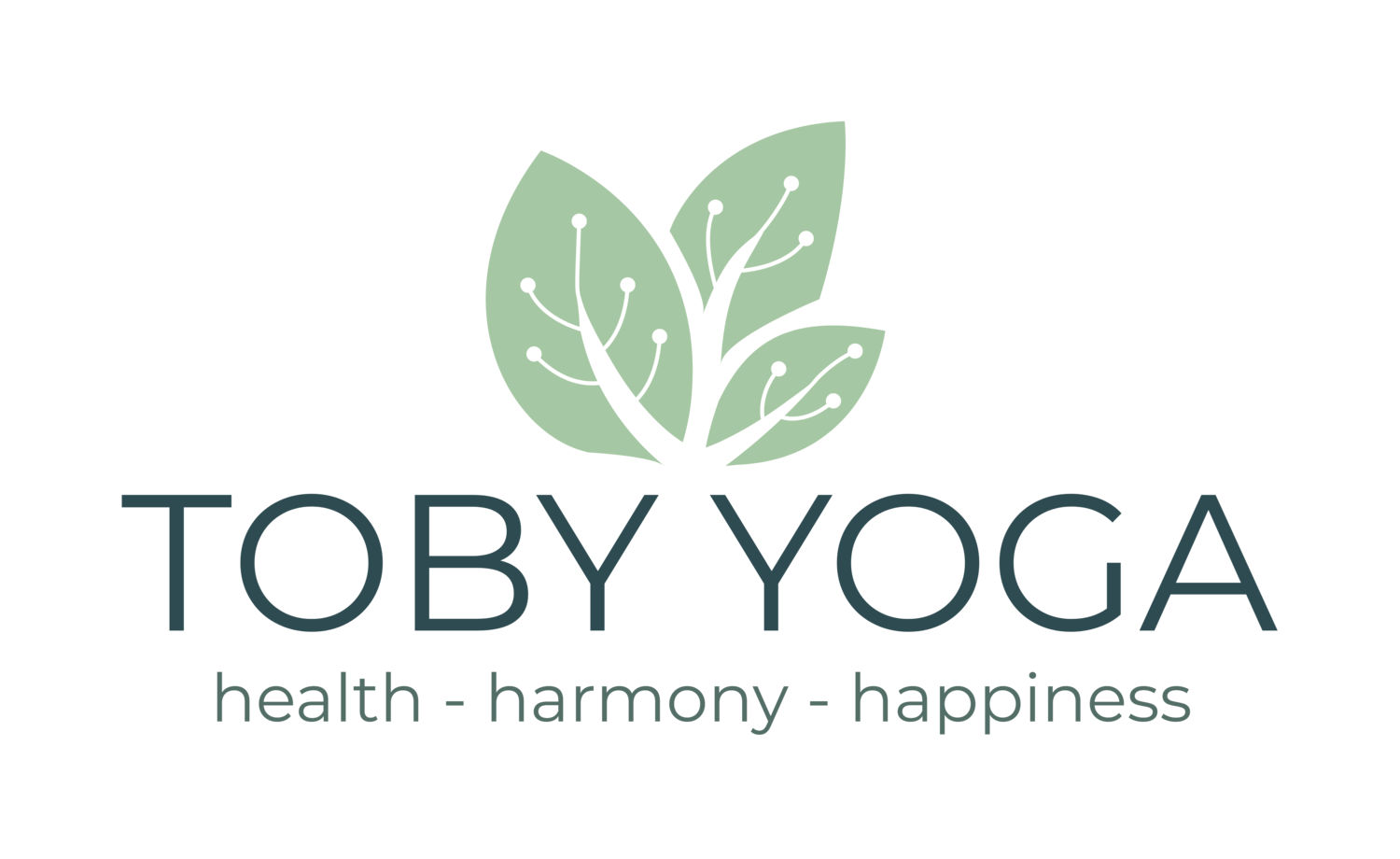Life without connection is just a random collection of dots. It is only by joining the dots, by connecting, that we can reveal the full picture, and find both meaning and purpose.
This connection can take many forms but the fundamental primal human connection, and the one I am focusing on, is between the self and another.
There can never be love without connection. Infatuation absolutely, desire definitely, closeness of course and lastly lust, but never love.
Much of my thinking on connection has been informed by the wonderful work of Brené Brown who views connection alongside courage and compassion as the three keys to living a wholehearted life. (If this subject interests you I can't recommend her TED talks and books highly enough.)
As humans we are wired for connection. It it an inescapable biological fact. That initial skin to skin contact between parent and child is essential to bonding; to the formation of love. Babies that are denied human contact for a prolonged period, such as through serious neglect, will stop crying, will stop moving and will eventually give up on life. In other words without connection and therefore love there is no reason to live.
This need for connection never leaves us. The social scientist Virginia Satir has shown the vital importance of regular, ongoing physical contact. Her research finds that we need a minimum of four hugs a day for survival, eight for maintenance, and at least 12 or more hugs per day for growth.
How many hugs have you had today? Fewer than 12? You'd better get those arms open and wrapped around someone you care for! Wouldn't you rather grow and thrive than simply exist and survive?
So let's be clear; connection is far more than communication. The meaning of the two words is often confused and increasingly used interchangeably. This is hardly surprising in a world in which we have more ways to communicate than ever before but seemly less time for genuine connection. Social media, email, text, instant messaging services, video conferencing, etc are all communication channels. They may brilliantly enable us to catch up, stay informed, find affinities and form attachments but for all that they can never be a substitute for true connection.
We regularly communicate without connecting but we never connect without communicating (be that mentally, physically and/or emotionally.)
In order to connect we must truly be present both to ourselves and to the other; seeing face to face, breathing the same air, and often feeling the touch of another (from a formal handshake to a friendly hug or an affectionate kiss.) Who when separated from a loved one has not found that communicating by phone, Skype or email is no substitute for the simple beauty of being together, of holding and being held?
In order to move beyond communication and into connection we must be prepared to show up and allow our true selves to be seen, with all our strength as well as our vulnerabilities. And at the same time to truly allow others to fully share themselves with us. To cherish them because, not despite of, their darkness as well as their light.
This openness, this honesty, this naked vulnerability is not easy. It can be frightening. Too frightening for some. But it is only by embracing our fear that we allow ourselves to reap the highest gift life has to offer; love in all its many fantastic forms. As Susan Jeffers so rightly suggests, "feel the fear and do it anyway!"
Sadly far too many people nowadays live small lives full of information, interaction and communication but almost totally devoid of connection. Living alone in an increasingly crowded world we all too readily mistake the volume of social chatter for genuine connection and then wonder why we feel despondent, dis-eased or depressed.
As the writer EM Forster famously asserted, "Only connect!" A message that remains as profound as it is simple.
